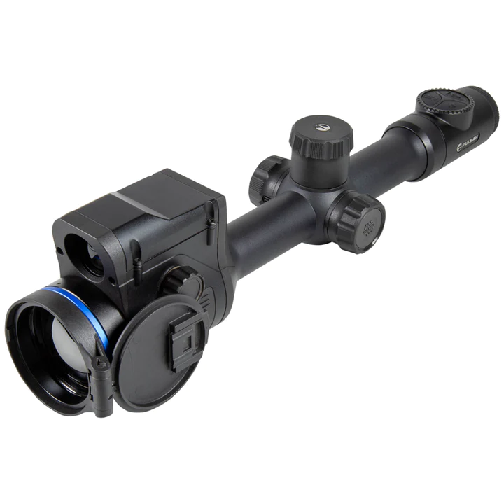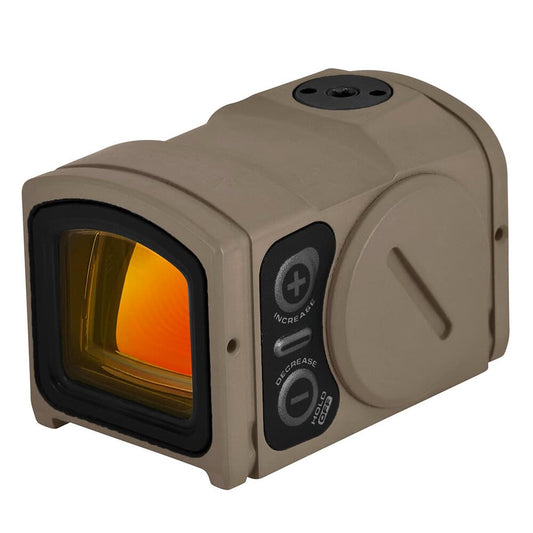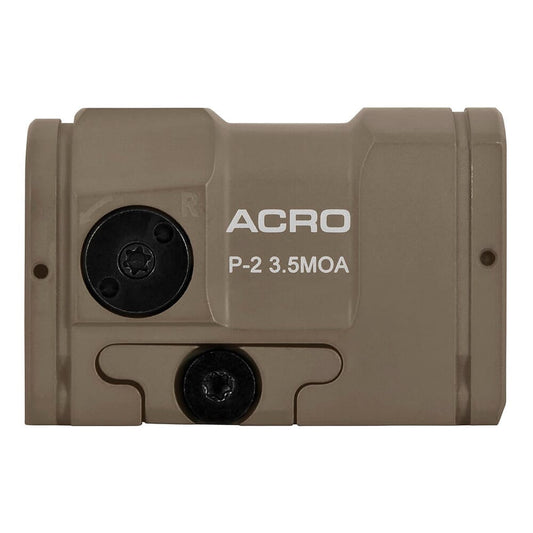

Pulsar Thermion 2 LRF XQ50 Pro Thermal Rifle Scope 3x12 50mm offers advanced thermal imaging capabilities, making it ideal for nighttime hunting. Its 1024x769 AMOLED display allows for clear target identification in total darkness. With a magnification range of 3x to 12x and detection capabilities exceeding 1900 yards, this scope is built for long-range enthusiasts. The rugged magnesium alloy construction ensures durability in challenging environments, while the integrated laser rangefinder provides quick measurements up to 850 yards, enhancing your shooting accuracy.
Equipped with a battery life of up to 10 hours, it ensures you won't miss any opportunities during extended hunts. The user-friendly controls allow for easy adjustments on the go, ensuring you can react quickly to changing conditions. The Pulsar Thermion 2 combines functionality and reliability, making it a valuable tool for serious hunters looking for precision in the field.
Features:
- HIGH RESOLUTION for stunning clarity in all conditions.
- LONG RANGE DETECTION detects objects beyond 1900 yards.
- DURABLE CONSTRUCTION with magnesium alloy for rugged use.
- POWERFUL LASER RANGEFINDER measures up to 850 yards quickly.
- EXTENDED BATTERY LIFE with dual batteries lasting up to 10 hours.
- VARIABLE MAGNIFICATION from 3x to 12x for versatile shooting scenarios.
- AMOLED DISPLAY ensures exceptional image quality at day or night.
- USER-FRIENDLY CONTROLS for effortless adjustments in the field.
Technical Specifications Table
| Magnification | 3x - 12x |
|---|---|
| Lens Diameter | 50mm |
| Weight | 2.2 lbs (1 kg) |
| Dimensions | 13.4 x 3.6 x 3.5 inches |
| Material | Magnesium alloy |
| Battery Life | Up to 10 hours |
What’s in the Box?
- Pulsar Thermion 2 LRF XQ50 Pro Thermal Rifle Scope
- Lens covers
- Padded carrying case
- User manual
Customer Reviews
"Absolutely the best thermal scope I've used! The clarity is unbeatable." - John D.
"Impressive range and the rangefinder is a game changer. Highly recommended!" - Sarah K.
"Built tough and performs brilliantly at night. Worth every penny!" - Mike T.
FAQ
How does the Pulsar Thermion 2 perform in low light? The Pulsar Thermion 2 excels in low-light conditions due to its advanced thermal imaging technology, allowing you to detect heat signatures clearly, making it perfect for nighttime hunting.
Can I use this scope during the day? Yes, the Pulsar Thermion 2 is designed for both day and night use. Its AMOLED display provides excellent visibility in bright daylight, ensuring versatility in various conditions.
How does it compare to other thermal scopes? In terms of image quality and durability, the Pulsar Thermion 2 stands out against competitors. The combination of its high-resolution display and robust construction makes it a top choice for serious hunters.
Similar Models
Looking for more options? Discover our extensive lineup of Pulsar products, including the Pulsar Thermion 2 XG50 for extended range capabilities and the Pulsar Axion 2 XG35 for a compact thermal solution. Explore our full collection for exceptional optics tailored to your hunting adventures.
You May Also Like
Here’s some of our most similar products people are buying. Click to discover trending style.








